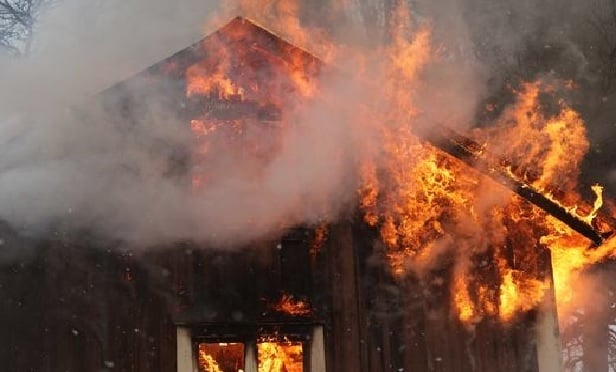 The ability to protect customers from the next possible wildfire, whether in California or another area elicits a surprisingly emotional reaction from customers. Currently, not everyone in the market understands just how powerful a retention tool this can be. (Photo: Mattias Bokinge/Shutterstock)
The ability to protect customers from the next possible wildfire, whether in California or another area elicits a surprisingly emotional reaction from customers. Currently, not everyone in the market understands just how powerful a retention tool this can be. (Photo: Mattias Bokinge/Shutterstock)
California has been left scorched by wildfires in recent years. In 2021, 8,619 wildfires were recorded, burning around 2.6 million acres and destroying 3,560 structures. Climate change is making the Southwest hotter and drier, driving a higher incidence of wildfires in the state, and increasing loss costs for insurers.
Recommended For You
Want to continue reading?
Become a Free PropertyCasualty360 Digital Reader
Your access to unlimited PropertyCasualty360 content isn’t changing.
Once you are an ALM digital member, you’ll receive:
- Breaking insurance news and analysis, on-site and via our newsletters and custom alerts
- Weekly Insurance Speak podcast featuring exclusive interviews with industry leaders
- Educational webcasts, white papers, and ebooks from industry thought leaders
- Critical converage of the employee benefits and financial advisory markets on our other ALM sites, BenefitsPRO and ThinkAdvisor
Already have an account? Sign In Now
© Touchpoint Markets, All Rights Reserved. Request academic re-use from www.copyright.com. All other uses, submit a request to [email protected]. For more inforrmation visit Asset & Logo Licensing.







